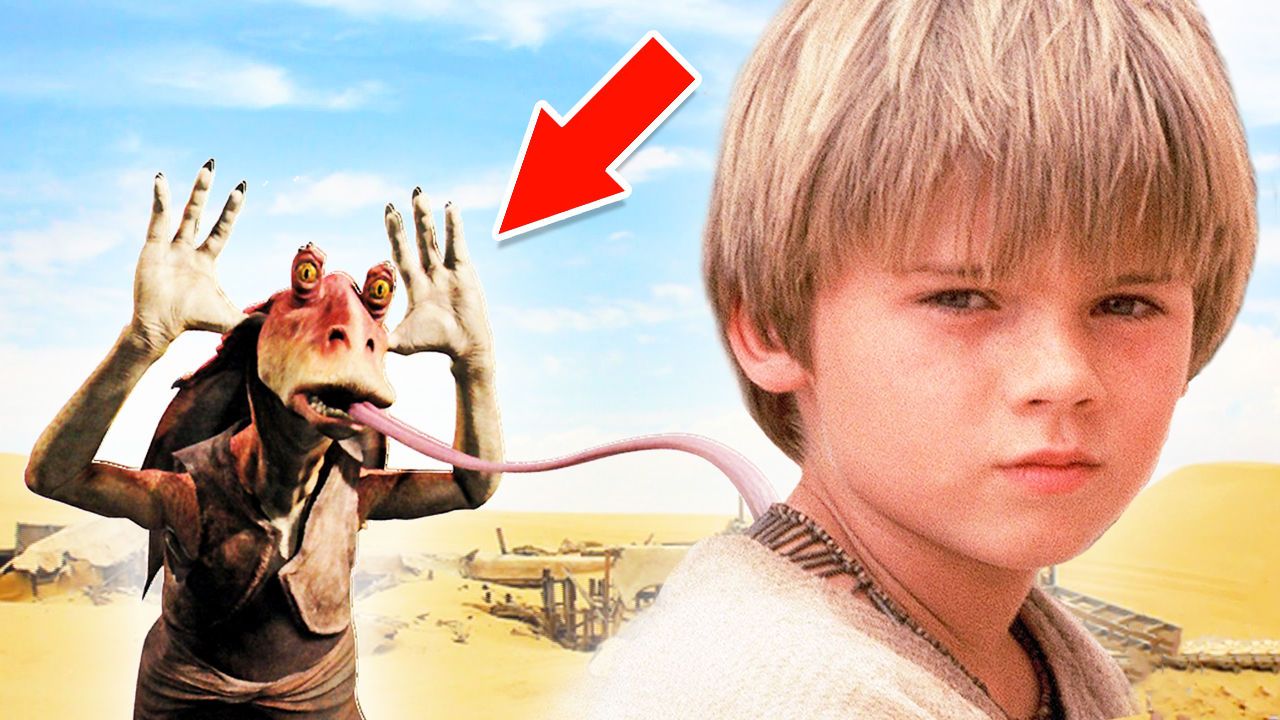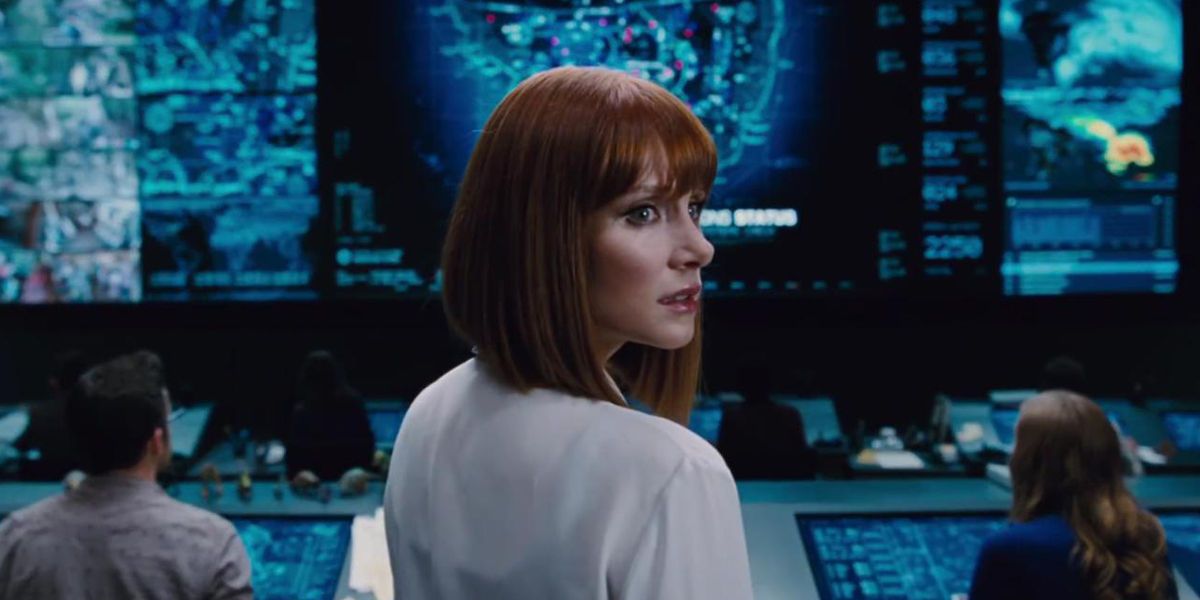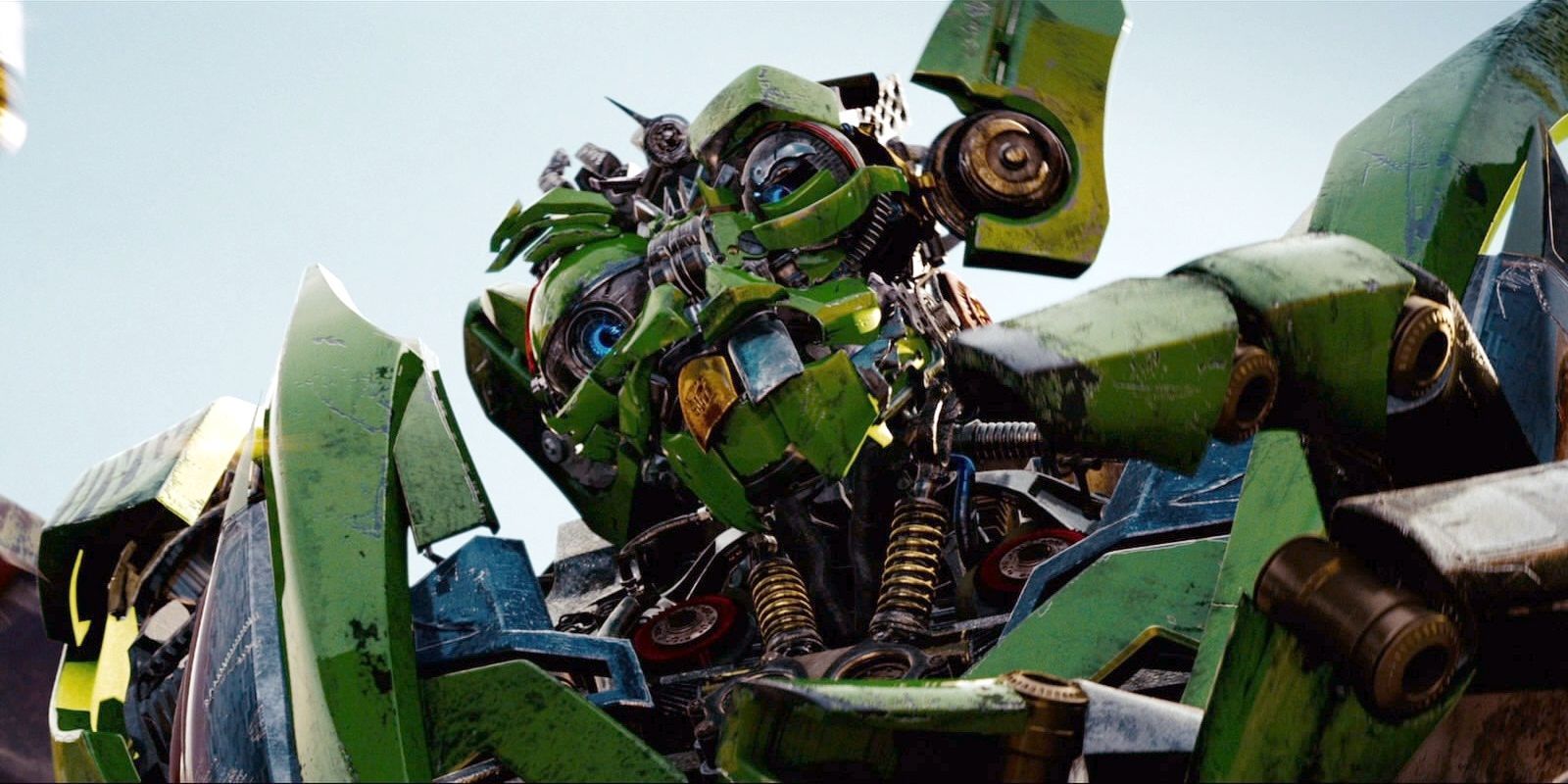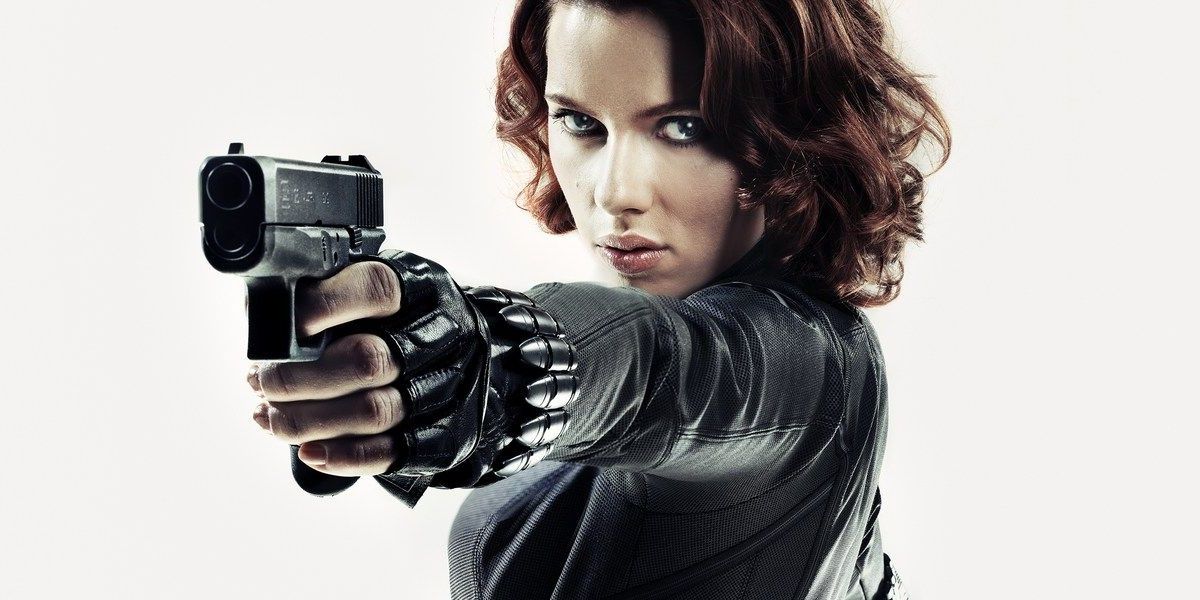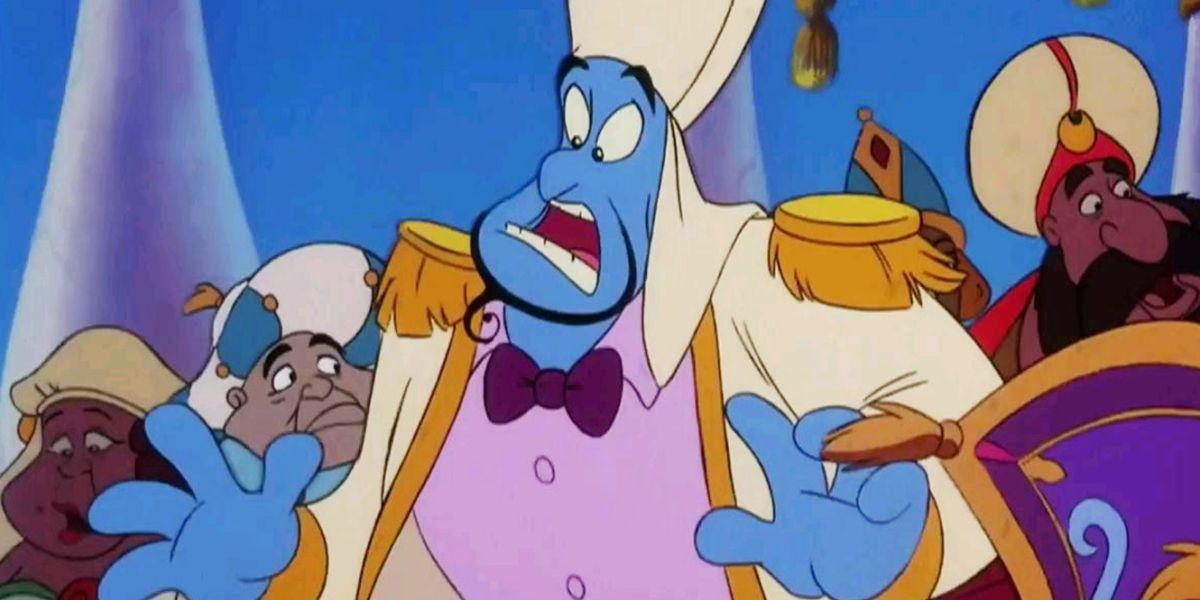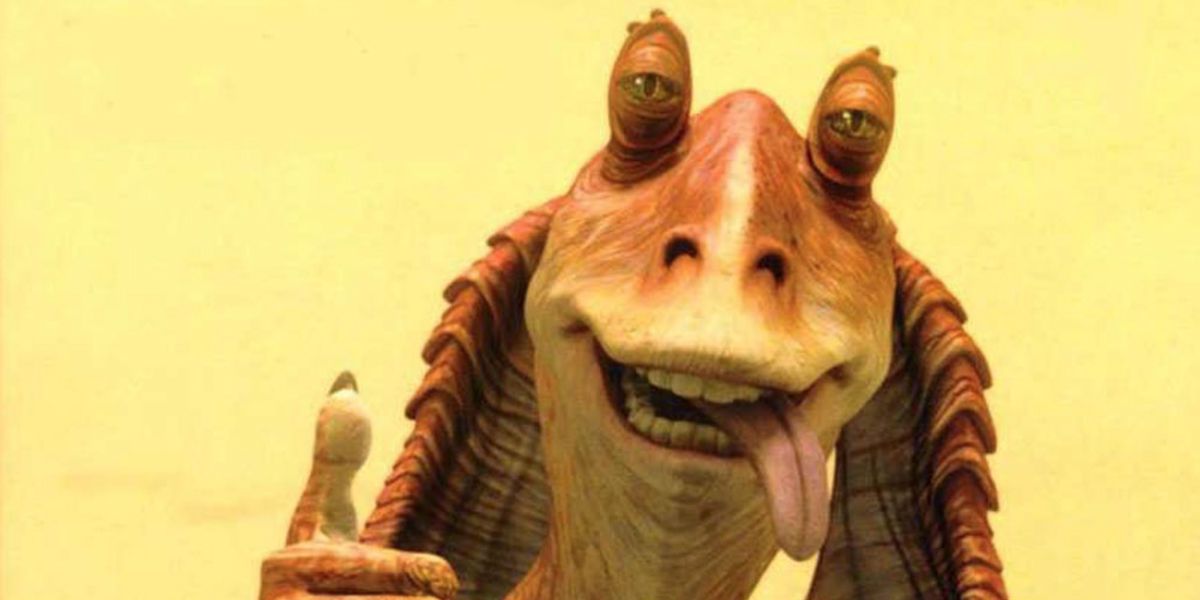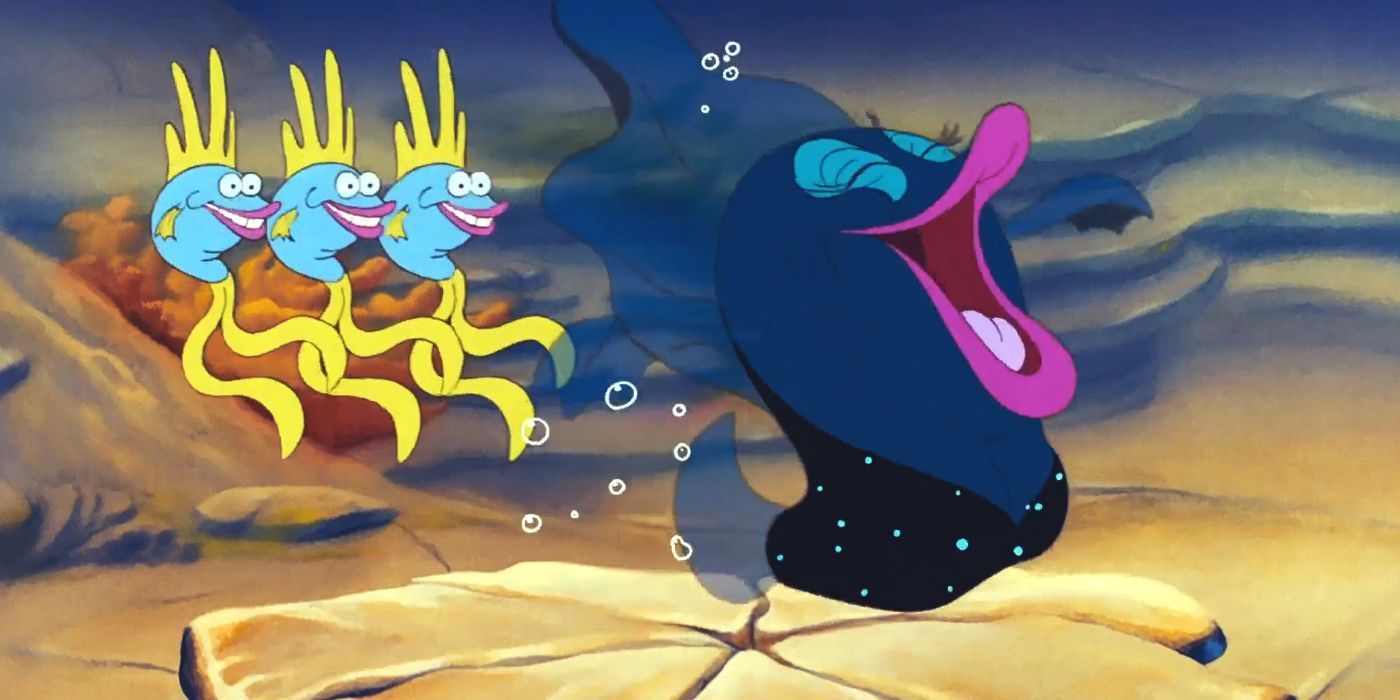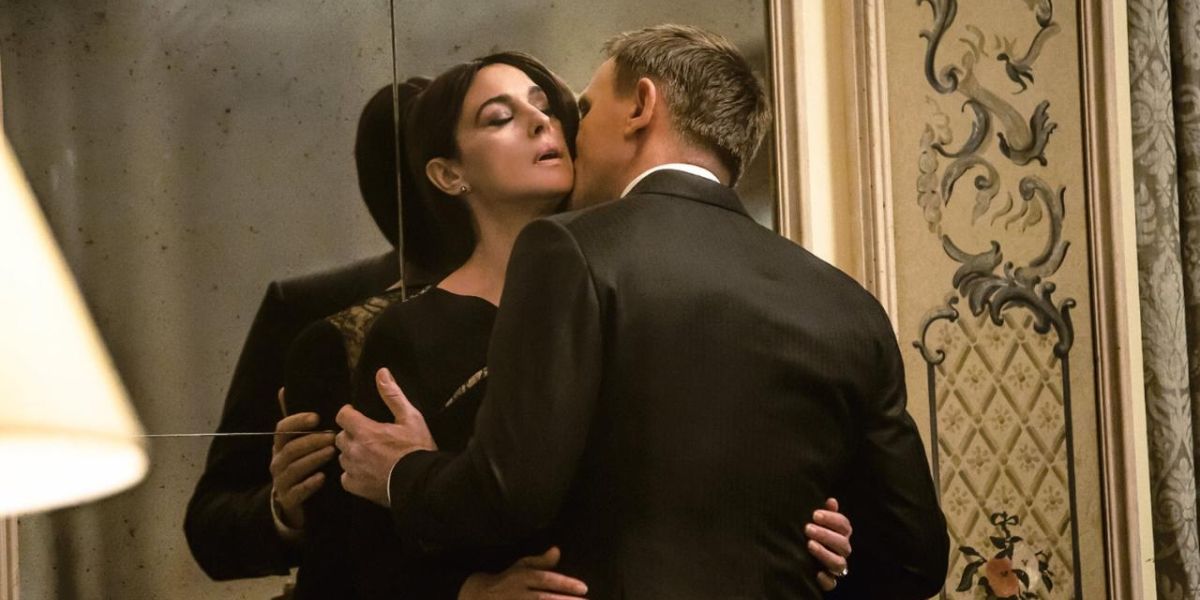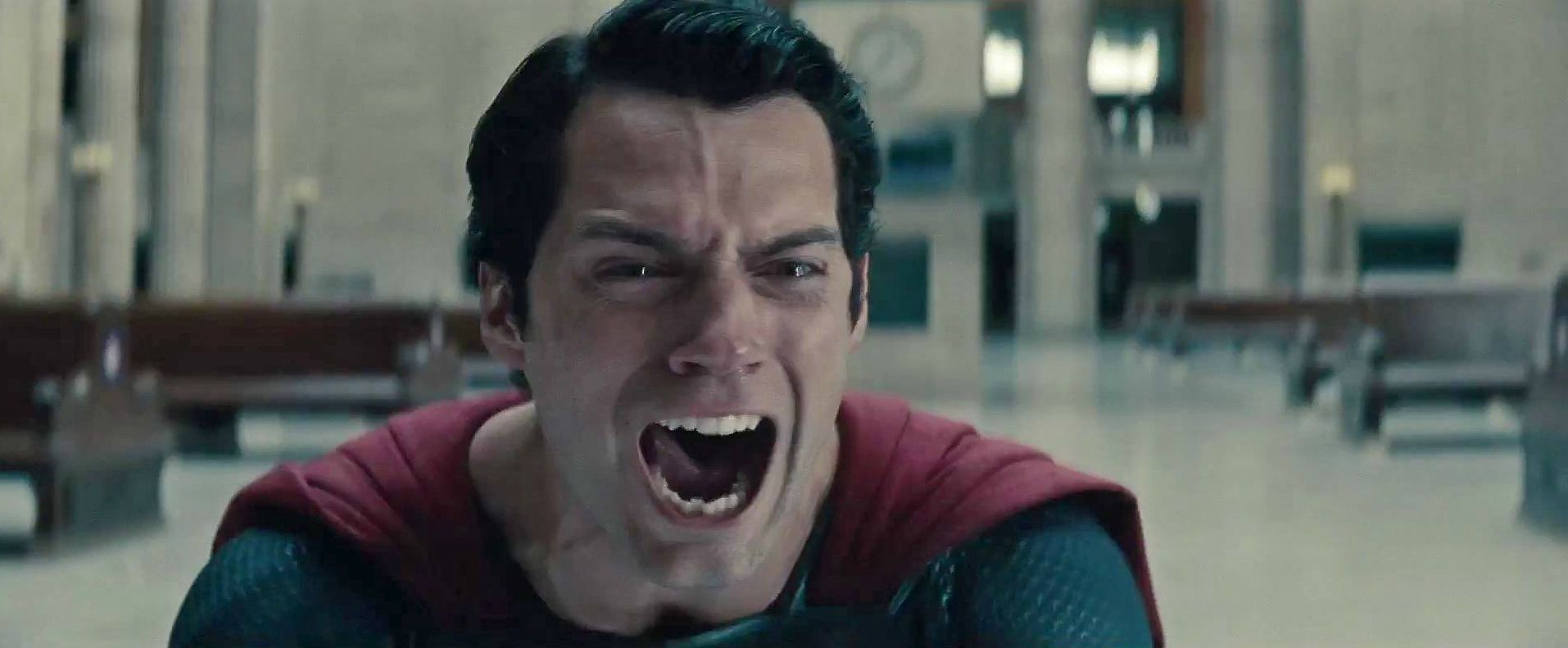Some films go out their way to be offensive, pushing the envelope of good taste even if it means making enemies. But it’s when filmmakers go in with the best intentions that they often create the most offensive material. Even the best filmmakers can suffer momentary lapses of judgement and offend large groups of people with insensitive choices.
Here are Screen Rant’s 8 Most Offensive Moments in Popular Movies.
Jurassic World
While much fuss was made about the silliness of Bryce Dallas Howard’s character running through the jungle in high heels, there was one line that had British comedian known as ‘Guzzy Bear’ boycott the film. “Another paki roaming outside his zone…” referring to the head-butting Pachycephalosaurus. Of course, dinosaur or not, “Paki” is a pejorative term that people from Pakistan don’t want to hear anywhere. It didn’t help matters that the comedian Googled the dino and found the similarly named Pakisaurus, a lizard that got its name for being from Pakistan, whereas the Pachycephalosaurus from the film is actually from North America. Still, they should have given this one a second thought.
Transformers: Revenge of The Fallen
Among its many crimes against cinema, Transformers: Revenge of the Fallen has two of the most offensive robots ever committed to screen. Created solely for the film, “Mudflap” and “Skids” are inexcusable stereotypes of urban African Americans. Since their characterization has caused controversy, everyone involved has been quick to pass the buck. From the screen writers to the voice actors, and ultimately to director Michael Bay, nobody wants to take credit for the gold toothed, illiterate, unfunny attempts at broad humor in the broadest of broad franchises.
The Avengers: Age of Ultron
Joss Whedon has a history of creating strong female characters and often speaks of the importance of this, which is why it was even more disappointing to see what the Black Widow character was reduced to in The Avengers: Age of Ultron. With so many characters, it’s expected that some will get pushed to the sidelines, and her love story with Bruce Banner was at least somewhat established, but when she tearfully refers to herself as a “monster” because she can’t have children, her persona as an independent woman is diminished. Matters are only made worse when she later becomes the damsel in distress, locked up by Ultron and in need of rescue by Bruce (ironically, largely due to Scarlett Johansson's pregnancy).
Aladdin
Sometimes its the films that appear the most innocent that can be the most damaging. Disney has a rough history when it comes to the depiction of other races and cultures, and unfortunately it extends far beyond the animation studios’ early days. 1992’s Aladdin raised objections for its depiction of Arab cultures. One line in particular was famously removed from the opening song “Arabian Nights”, which originally stated “where they cut off your ear if they don’t like your face”. Gone but not forgotten, this controversy will always be remembered as one of Disney’s many insensitive missteps.
Star Wars: Episode I - The Phantom Menace
16 years and a crowd-pleasing Star Wars relaunch still haven’t made audiences forget about the big mistake that was Jar Jar Binks. The character is offensive in just about every way. Not only is he an obnoxious failed attempt at comic relief, but he’s also seen by many as a thinly veiled Jamaican stereotype. While this may not have been the intention of George Lucas or actor Ahmed Best, the character’s accent, physical comedy and clumsy antics are certainly reminiscent of the minstrel shows popular in the 19th Century but now widely regarded as ignorant and racist.
The Little Mermaid
Speaking of minstrel shows and Disney missteps, 1989’s The Little Mermaid has one of the briefest yet extremely offensive examples of the residual effects these minstrel shows have left on the North American subconscious. These shows would often have white actors playing African Americans by putting on black face paint and red lipstick, a look commonly referred to as “blackface”. During the Oscar-winning song "Under The Sea", Sebastian the crab introduces all of the sea creatures and their musical specialty. When he gets to the fish who sings disco, its look is clearly inspired by blackface performers. Even though it’s only shown for a second, you have to remember how many departments of approval every frame of a Disney film must go through, and even though the songs explicitly states that this is the “blackfish,” somehow not a single red flag was raised by its appearance.
SPECTRE
While the Daniel Craig Bond films have brought the spy into the new millennium, in many ways the character still keeps one foot firmly rooted in 1960s misogyny. Most recently, Bond showcased his love ‘em and leave ‘em ways with Monica Belluci’s character in last year’s SPECTRE. After killing her husband and making her a marked woman, he shows up at her house to save her life, invite himself in for a drink and have his way with the frightened widow before leaving her to an uncertain fate. Just another day on the job for Mr. Bond.
Man of Steel
Unlike Deadpool, some super heroes are meant to be role models. In particular, Superman is meant to represent the ideal hero, one who always does what’s right and does not resort to killing his enemies. While having him kill Zod in such a brutal manner at the end of Man of Steel had many fans calling foul, this scene is actually offensive for reasons apart from simple fan service.
Imagine being a parent, thinking that taking your young child to Man of Steel would be a wholesome alternative to the increasingly adult superhero fare, only to see their powerful idol snap the neck of Zod at the end of the PG-13 movie. Director Zack Snyder has justified his controversial decision in several interviews, but few have addressed the act as symbolic of what the older audiences have taken away from kids.
Conclusion
In an age of ever-increasing awareness with regards to diversity and representation, filmmakers need to be sensitive and adapt in order to not get left behind the times. What offends you in movies? Let us know in the comments, and remember to subscribe to our channel for more videos like this one.

